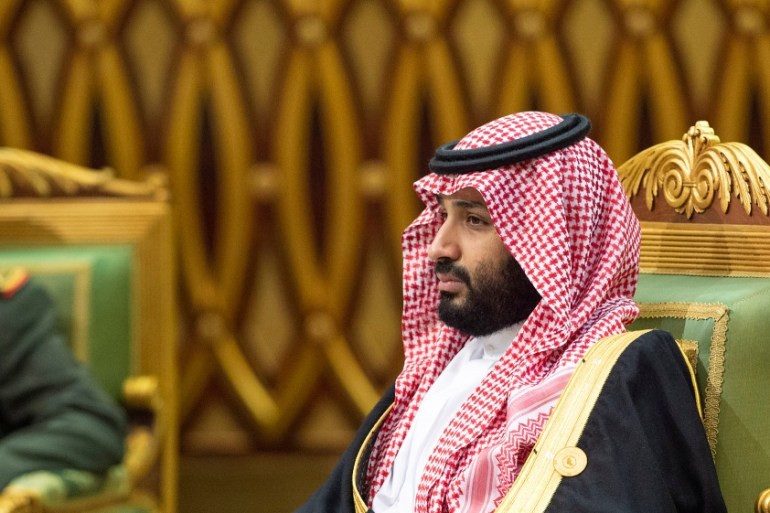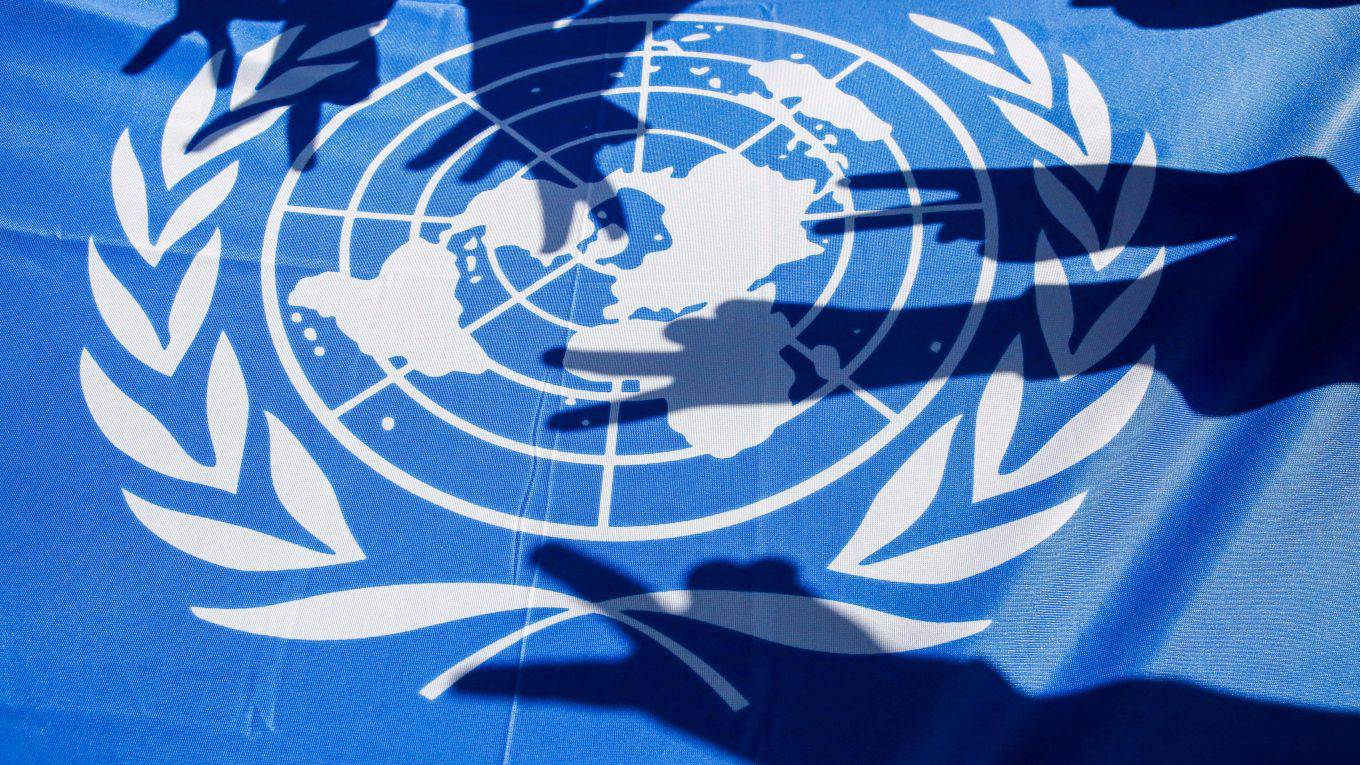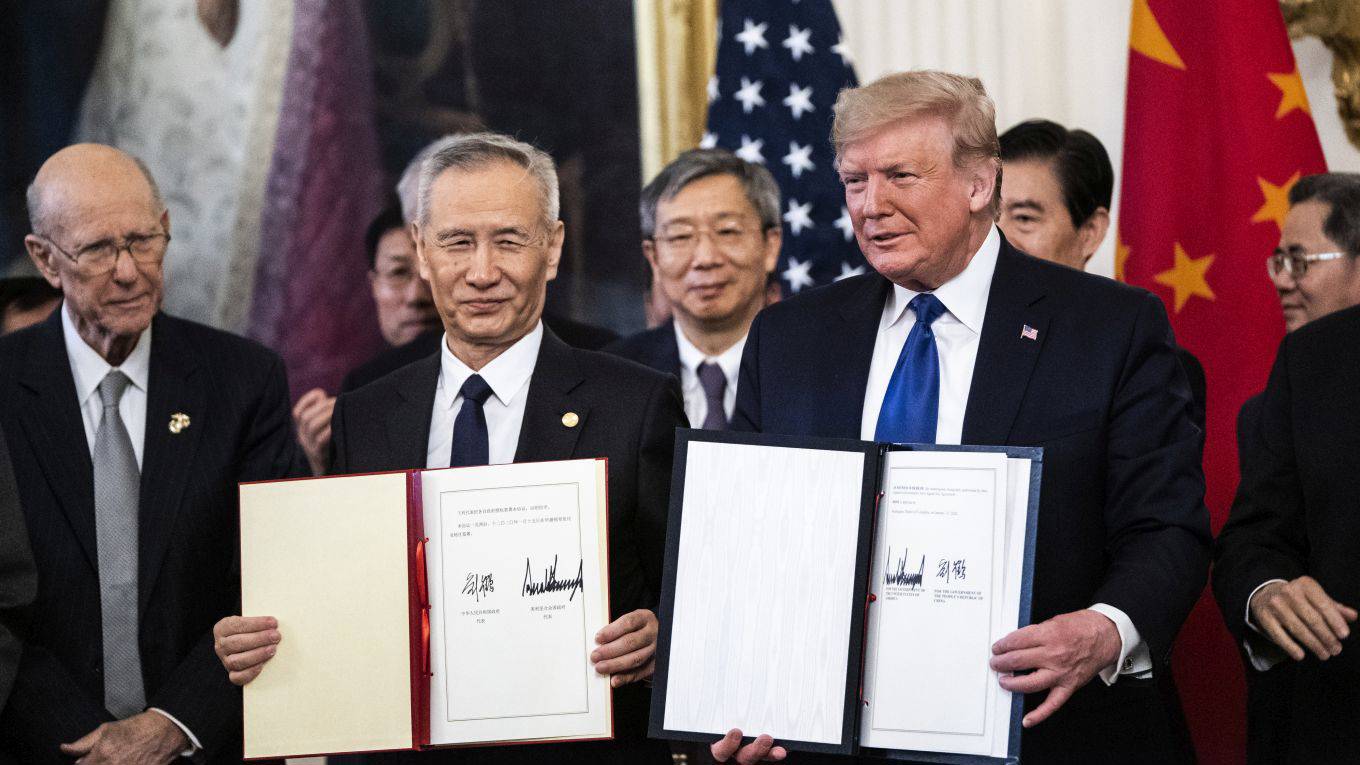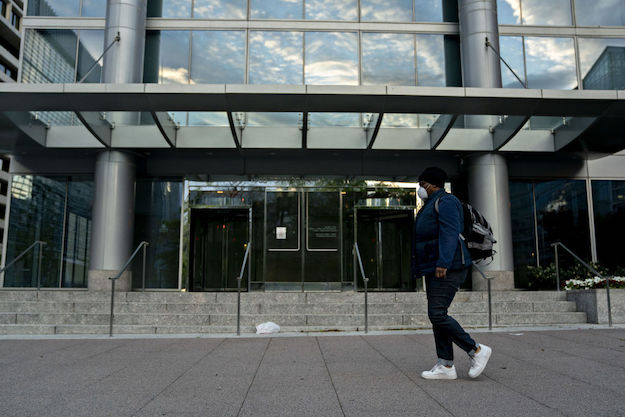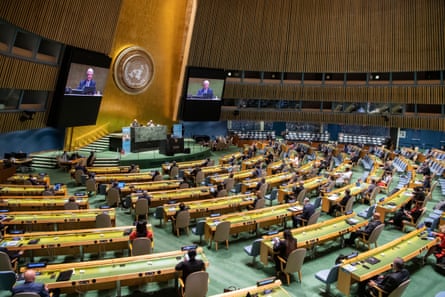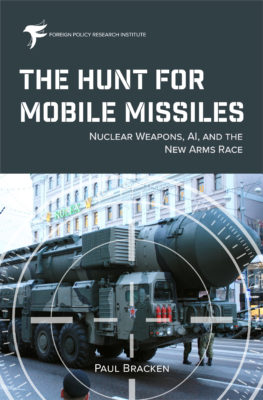by Abdul Basit

As the intra-Afghan talks progress, among other likely changes, Pakistan-Taliban relations would also evolve. Arguably, the road to peace in Afghanistan no longer runs through Islamabad. Ahead of the intra-Afghan negotiations, the reshuffles within the Taliban hierarchy indicate that the insurgent group is trying to emerge from Pakistan’s shadow. The Taliban leadership is doing this to bolster its political legitimacy, particularly since the signing of the U.S.-Taliban deal in February, and to remove the Pakistani proxy tag.
Pakistan is deeply unpopular in Afghanistan and continued association with it would damage the Taliban’s credibility among the Afghans. Hitherto, the Taliban, despite their desire for strategic autonomy, have remained responsive to Pakistani demands to keep their support structure. Interestingly, the proposed locations for the upcoming rounds of the intra-Afghan talks include Oslo, Norway, Tashkent, Uzbekistan, and Doha, Qatar, but not Islamabad.
Unlike Pakistan’s central role in the U.S.-Taliban deal, Islamabad’s role in the intra-Afghan negotiations would be reduced, just like other regional countries, to that of a facilitator.
Pakistan opposes to the revival of the pre-9/11 status quo in Afghanistan and wishes the Taliban’s incorporation in the current power structure. Pakistan is equally nervous about a hasty U.S. exit from Afghanistan and laments the absence of a potential peace guarantor. The Taliban’s full-scale return to power in Afghanistan would not only be a great morale booster for a plethora of jihadist groups in Pakistan, but it will trigger a fresh wave of radicalization (read Talibanization) in Deobandi madrassa networks sympathetic to the Taliban.


